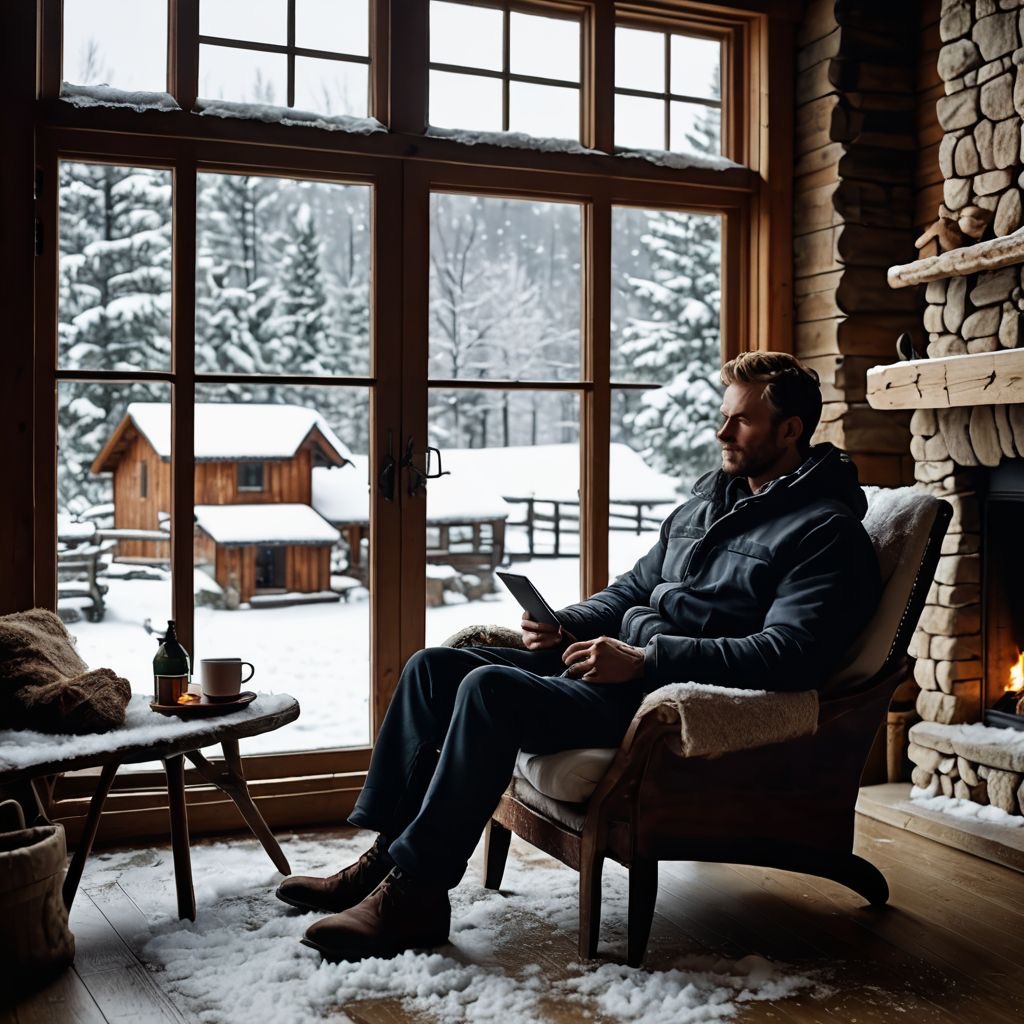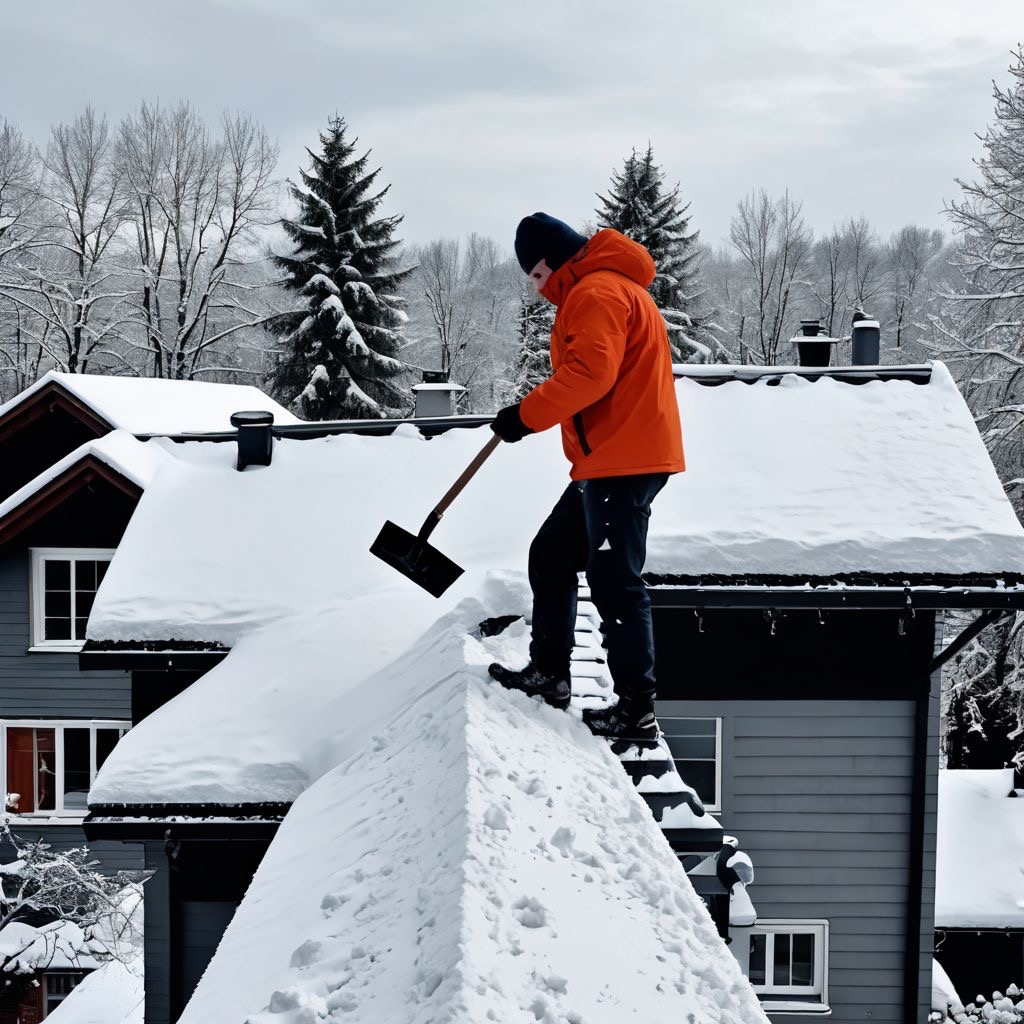
Table of Contents:
1. Introduction
2. Understanding Rooftop Snow Accumulation
3. Recommended Tools
- 3.1 Basic Tools
- 3.2 Advanced Equipment
4. Technique: How to Safely Remove Snow from Your Roof
5. Safety Considerations and Best Practices
6. Statistics of Safety and Mortality
7. DIY vs. Hiring a Professional: Cost-Benefit Analysis
8. Conclusion
1. Introduction:
Ah, winter! That magical time of year when snowflakes fall gracefully from the sky, transforming our mundane world into a winter wonderland. Sure, it’s great for snowball fights and hot cocoa by the fire, but it can also lead to a hefty dilemma for homeowners—snowfall on the roof. Yes, while we’re building snowmen and crafting five-star angels, our rooftops might be quietly accumulating a thick layer of the white stuff, potentially leading to winter woe.
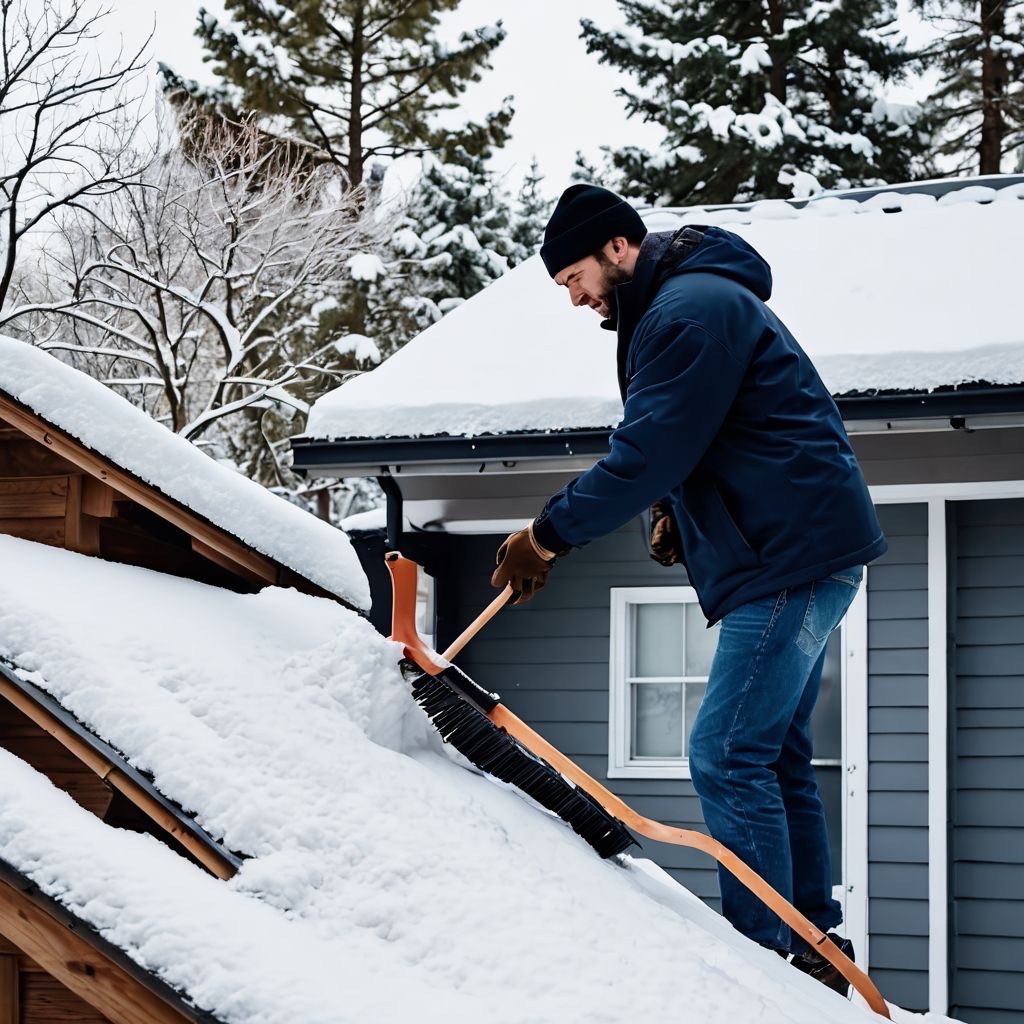
If you're a homeowner, you might glance up at your roof and wonder—should I be removing that? The truth is, neglecting rooftop snow has been known to lead to structural damage or worse, collapses (most often occurring to older structures with flatter roofs). Rather than focusing solely on if your driveway is in need of snow plowing, you might need to stand back, take a glance upwards to your roof and note the accumulation there. That might be more of a priority for you. You may be then inclined to break out your tools to tackle the unwelcome and potentially damaging snow accumulating on your roof. Or better yet, take a serious look into hiring a “snow removal service near me” to tackle it for you.
So, what's the best way to go about tackling this safely and should you DIY, or attend to a different project while a professional contractor does the heavy lifting for you?
In this article, we'll dive into the ins and outs, from essential tools and techniques to keeping safety at the forefront of the discussion. We'll take a look at the statistics and true stories around accidents, injuries, and mortalities associated with snow removal, because while winter is wonderful, it’s not worth a trip to the hospital. (believe me, this risk is all too real. This writer has had both a family member and a friend who died as a result of accidents while clearing snow from their roofs. I’ll tell you more about that later.) Plus, we’ll weigh the pros and cons of taking on this task yourself versus hiring seasoned professionals who know how to navigate those slippery slopes safely.
So, if you're so inclined, grab your snow pants, put on your warmest mittens, and let's explore removing winter accumulations from your roof! Whether you’re a dedicated DIYer or someone who prefers to let the experts handle it, we’ve got insights that will keep your roof snow-free and your mind at ease.
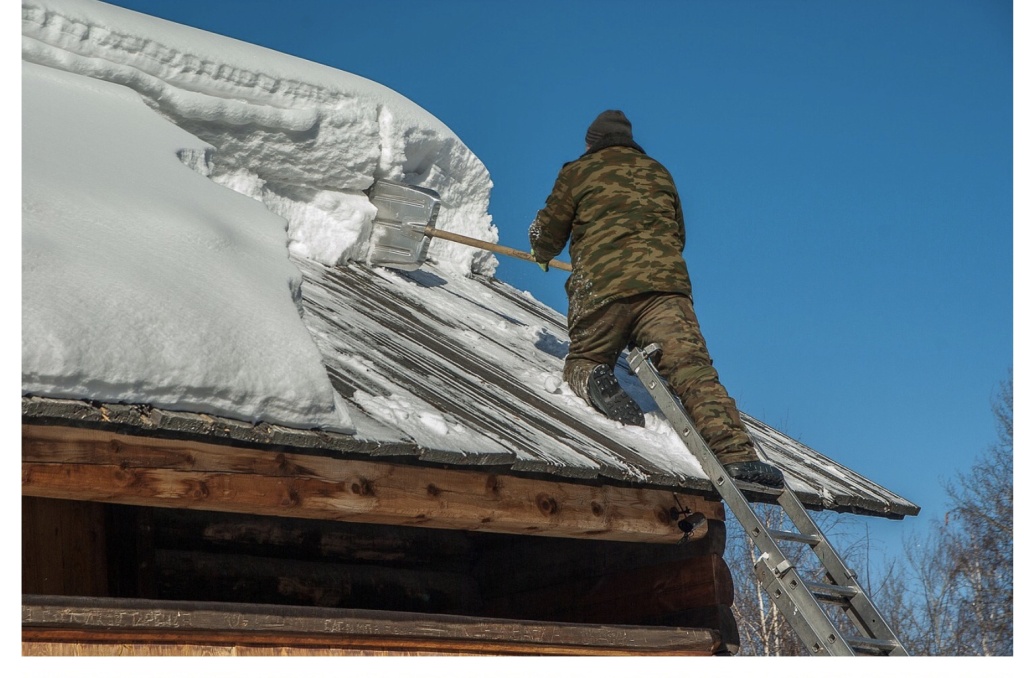
2. Understanding Rooftop Snow Accumulation:
Before we launch into tools and techniques, let’s talk about why snowfall accumulation happens in the first place. We all know that Winnipeg's winter blows in snowstorms like few others, with Winnipeg’s average winter snowfall measuring approximately 118 cm (46.5 inches). Depending on the flatness of your roof and the actual amount of accumulation you experience, what you end up with may not be just a cute snowcap. An inch of the white stuff can actually weigh several pounds per square foot, and nobody wants to find out just how much their roof can handle.
Rooftops can become a snow trap, especially in residential areas where it can get compacted down over time. If you let it sit, you’re not only risking damage to your shingles and gutters, but you may also be compromising the overall structural integrity of your home. Now imagine heavy snowfall and ice weighing down on your home for months at a time.
Scary stuff!
So, before even thinking about climbing up, assess your situation carefully. How deep is the snow? What's under it? How flat is your roof? These assessments will help you decide on whether to grab that shovel or hit up the “snow removal near me” search option.
3. Recommended Tools:
If you're gearing up for a rooftop clearing battle, you might be wondering what tools you need. Don’t worry! We've got you covered. Whether you're planning on going the DIY route or just curious for future reference, here’s a rundown of the tools that can make your mission successful.
3.1 Basic Tools
- Roof Rake: This is your best friend for rooftop snow removal! You’ll want a long, telescoping, lightweight roof rake that allows you to pull snow off without having to climb up. Remember to choose one that won’t scratch your shingles!
- Snow Shovel: If you have a sloped area or need to do a little extra work, a lightweight shovel with a curved handle can help you clear off ledges or edges.
- Safety Harness: If you plan on actually getting onto the roof, a safety harness is very important, don't get on your roof without one! Don’t think of this as overkill; it could save your life!
3.2 Advanced Equipment
For some, investing in more advanced-preventative tools can be worth considering:
- Heated Roof Cables: These can help prevent accumulation and ice damming by melting the snow as it falls. Consider investing in this preventive measure before winter hits!
4. Technique: How to Safely Remove The White Stuff from Your Roof:
Now that you've gathered the necessary tools, let’s get down to business. Here’s a step-by-step technique on how to safely and effectively remove it from your roof.
1. Safety First: Before doing anything, make sure you've got your safety harness on and a spotter below.
2. Clear the Area: Walk around your house to clear the ground area beneath your roof of obstacles, family members, and pets—you want to ensure a safe zone in case anything goes wrong.
3. Start with a Roof Rake: Use your long roof rake from the ground level. Stand at a safe distance from the edge of the roof, and tilt the rake away from the house as you pull downwards. Make sure you’re raking the snow off in layers rather than all at once to avoid overwhelming the weight in one go. Be very careful, a large piece of ice sweeping down from the roof and landing on you or your spotter has the potential to be deadly.
4. Work Efficiently: Work in sections, always focusing on the areas that appear to have accumulated the most snow. Avoid going too close to the edges of the roof unless absolutely necessary.
5. Use Caution for Sloped Roofs: If you’re on a pitched roof, it’s wise to remove snow from the upper sections first.
6. Final Cleanup: If you’re feeling ambitious, head to lower sections and use your shovel to clear off residual accumulations, especially where winds may have compacted it.
7. Once All Clear, Monitor: After removal, check for any worrisome ice dams, and consider preventive measures for future snowfall.
5. Safety Considerations and Best Practices:
Clearing your roof of snow comes with its own set of risks, and staying cautious and prepared is very important. Here are some safety tips to guide you on your snowy escapade:
- Check the Weather: Avoid the task during heavy snowfall or when temperatures are dangerously low. When it's gusty and snowing hard, it’s much safer to wait for a better day.
- Use the Right Equipment: Make sure all gear is in good shape, from your boots to your harness. Slips, trips, and falls happen far too easily with the wrong equipment.
- Know Your Limits: If there's too much accumulation, or you feel uncomfortable, don’t hesitate to call in a professional service. Trust us, no snowstorm is worth risking your safety!
6. Statistics of Safety and Mortality:
When it comes down to it, the numbers don’t lie. According to the Consumer Product Safety Commission, over 100 deaths occur every winter due to these types of winter activities, including clearing rooftops, shoveling, and slips and falls. More alarming, injuries resulting from snow removal lead to over 30,000 emergency visits yearly!
These statistics reveal a grim reality—when it comes to household tasks that seem manageable, it pays to prioritize safety. Be it shoveling or plowing snow, the associated risks escalate quickly in the icy winter months. In fact, more than half of all injuries related to winter weather are attributed to falls on snowy and icy surfaces. Who needs that kind of confusion on a nice winter day?
The author of this article has personal real-life experience with the risks involved with clearing rooftops of snowfall. I had a friend who was actually the father of a friend. A very active individual and a successful business owner (lets call him Gord) who one winter day decided he needed to get up on his roof and remove some accumulated white stuff. I’m sorry to report that he slipped and fell, hitting his head and he died instantly. A terribly sad and unfortunate story for him, his family and friends. We all wish he would have let somebody else do it.
Contact us today for your free estimate.

To read an interesting article about the risks of DIY snow shovelling CLICK HERE.
My other personal experience has to do with my Uncle Bill, I remember him as a man who seemed to defy age. Even in his 90s, he was vibrant with life—a whirlwind of stories and laughter, completely in tune with the world around him.

From his early days in rural Manitoba, where he dreamed of flying airplanes, to his late teens when he travelled to England to join the Royal Air Force, his tales unfurled with each passing visit. It was no surprise that at an age when most of his friends were comfortably settled in their armchairs, he surprised us all by passing his physical and challenging proficiency tests to regain his pilot's license.

One winter, as snow blanketed his small home nestled on the outskirts of town. He woke up one morning, glancing out the window at the layer of snow accumulating on his roof. To most of us, it would be just a seasonal nuisance, an invitation to cozy up by the fire. To Uncle Bill, it was a call to action. Perhaps the memories of high-altitude flight whispered to him, fueling his fervor. With typical determination, he decided to tackle the task of snow removal himself.
Climbing a ladder is a feat for many of his age group, but Uncle Bill had handled far greater challenges in his life. The rush of adrenaline from his younger days—steering aircraft through the skies above enemy lines—I think, seemed to echo in his resolve. He clambered atop the roof, just as he had so many times before, armed with nothing but a shovel and a dose of that undeniable bravery and enthusiasm that had always been his trademark.
But the roof was icy and treacherous, and when he slipped. The fit and agile man we all admired tragically succumbed to the law of gravity. He fell, hitting his head. The next day, we received the call no one ever wants to receive, as we learned that he would not be returning from this final adventure.
Uncle Bill’s life had been remarkable, filled with resilience and daring pursuits. Yet it felt bittersweet that the very spirit that brought him exhilaration in those later years had bordered on recklessness. We all mourned the loss of a man who had once flown through the clouds with courage.
Rooftop snow removal, an otherwise fairly mundane task, had become a poignant symbol of the importance of safety. I relay these true stories with the hope that you won't let your abundance of self confidence put you in a similar dangerous situation.

7. DIY vs. Hiring a Professional: Cost-Benefit Analysis:
Contact us today for your free estimate.
Now onto the big (already answered-I think) question: Should you brave a rooftop snow removal project yourself, or would it be smarter to hire a pro? Let’s break this down.
Cost-Effectiveness:
- DIY: The cost will be limited to equipment purchases and your time. A roof rake or shovel are not typically expensive items and they normally last a long time, whereas the labor cost is whatever value you assign to your own time—time invested, but maybe some exercise gained!
- Hiring a Professional: Hiring a service can cost up to several hundred dollars but tends to vary based on considerations such as: the roof's steepness, snow amount, and contractor chosen. However, you save time and avoid risking injury, a cost truly worth considering!
Safety:
- DIY: You're at greater risk of slips and falls. That snow can be surprisingly slick, and if you're not paying attention, ice can unfortunately lead to a big tumble.
- Professional: These specialists are trained for the task and often carry insurance, meaning you're less likely to face injuries that can rack up hefty costs.
Convenience:
- DIY: You are your own boss! Do it whenever you want, but be ready for a workout.
- Professional: They take care of everything; all you need to do is sip on your hot chocolate while your roof gets cleared out!
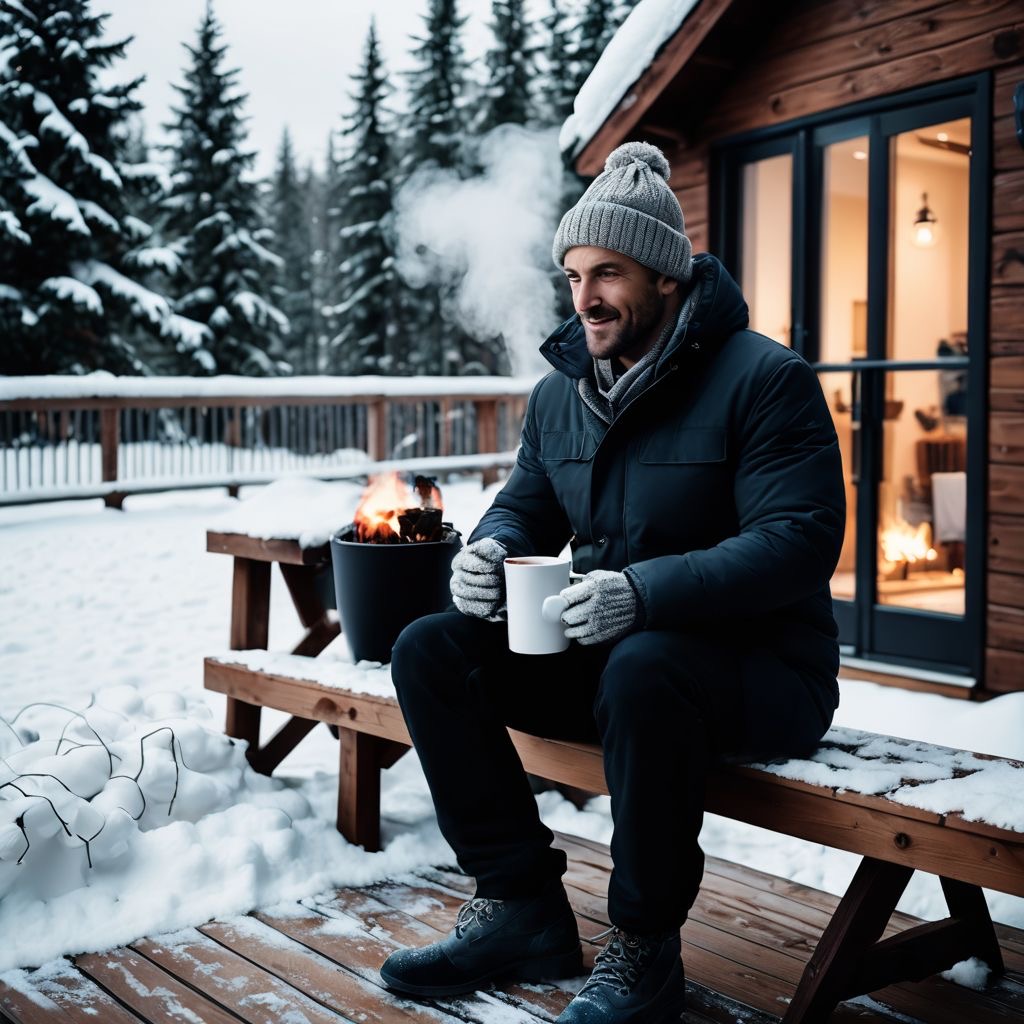
After weighing the pros and cons, consider your personal comfort level. Are you keen on DIY tasks or is the thought of accessing a snow-laden rooftop making your knees weak?
Contact us today for your free estimate.


